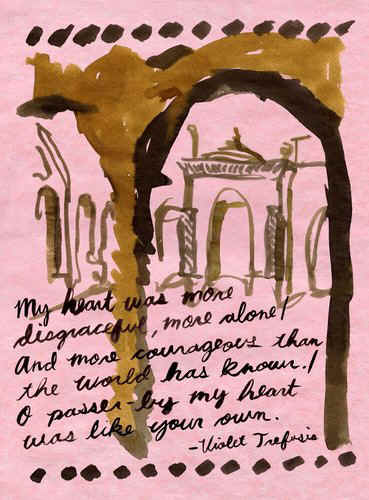|
|
|
|
|
|
|
|
|
|
|
|
|
|
|
LOVE |
|
When we
come to others with
the five A’s, we are profoundly present and closeness
happens. When we come at
others with the five mindsets, we are caught in a personal
agenda and distance happens. The commitment to intimacy is a
journey from the ego’s favorite resorts to the paradise of
mindful love. “Adults
all have a love tank. If you feel loved by your spouse, the
whole world is right. If the love tank is empty, the whole
world can begin to look dark.” The problem: individuals fill
their tanks in different ways. To illustrate, [Southern
Baptist minister and author Gary Chapman] told the crowd a
story of a couple on the verge of divorce who came to see him.
The man was dumbfounded. He cooked dinner every night for his
wife; afterward he washed the dishes and took out the trash.
“I don’t know what else do to,” the man said. “But she
still tells me she doesn’t feel loved.” The woman agreed.
“He does all those things,” she said. Then she burst into
tears. “But Dr. Chapman, we never talk. We haven’t talked
in 30 years.” In Dr. Chapman’s analysis, each one spoke a
different love language: he liked to perform acts of service
for his wife, while she was seeking quality time from him. “Each
of us has a primary love language,” Dr. Chapman said, and
often secondary or tertiary ones. To help identify your
language, he recommended focusing on the way you most
frequently express love. What you give is often what you
crave. Challenges in relationships arise because people tend
to be attracted to their opposites, he said. “In a marriage,
almost never do a husband and wife have the same language. The
key is we have to learn to speak the language of the other
person.” He
eventually labeled these different ways of expressing love
“the five love languages”: words of affirmation; gifts;
acts of service; quality time; and physical touch. -- Bruce Feiler, “A Sermon to Save Marriages,” New York Times
|
